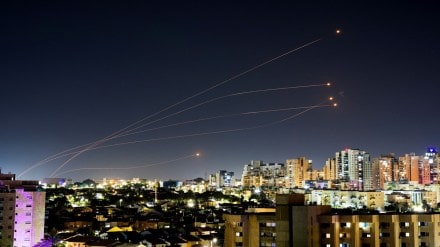Fighting resumed in Gaza for the second consecutive day as efforts to extend a week-long truce with Hamas collapsed. The breakdown in talks complicated mediation efforts, with Israeli bombardments hindering attempts to halt hostilities once again. Eastern areas of Khan Younis in southern Gaza faced intense bombardment as the truce deadline passed on Friday. People residing in the area had to flee westward in search of shelter. Israel’s ground, air, and naval forces targeted over 200 “terror targets” in Gaza, resulting in casualties. By Friday evening, health officials reported 184 people killed, 589 wounded, and more than 20 houses hit. The truce collapse stemmed from disputes over the release of hostages held by militants.
Humanitarian crisis worsens in Gaza
The United Nations expressed grave concern, stating that the fighting would exacerbate an extreme humanitarian emergency in Gaza. The UN humanitarian office described the situation as “Hell on Earth,” emphasizing the lack of safe havens for Gazan civilians. The truce, initiated on Nov. 24, had been extended twice, contingent on the daily release of hostages by Hamas. However, after seven days, efforts to find a formula for further releases failed, leading to accusations from both sides.
Qatar’s mediation efforts and accusations by US
Qatar, a central mediator, reported ongoing negotiations with Israelis and Palestinians to restore the truce. However, Israel’s renewed bombardment complicated the situation. The international community, including the U.S., expressed concerns and urged diplomatic efforts.
The United States blamed Hamas for the renewed fighting, citing the failure to provide a new list of hostages. Diplomatic efforts to restore the truce were underway, but accusations and tensions persisted.
Israel-Hamas War: Humanitarian aid challenges and ongoing developments
The Palestinian Red Crescent reported a halt in aid deliveries through the Rafah border crossing. Despite challenges, the U.S. and Israel collaborated on a plan to minimize harm to civilians during military operations.
Despite the evolving situation and casualty reports, Israel continued to work with the U.S. and the UN to reduce harm to civilians. Efforts included a “deconfliction mechanism” to coordinate actions and minimize the impact on civilian populations. Leaflets that were dropped in eastern Khan Younis instructed residents to evacuate to Rafah, marking a shift in previous evacuation patterns. Israel released a map to communicate safe areas in the future.
(With Reuters Inputs)
